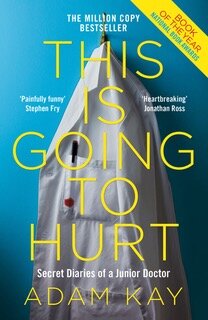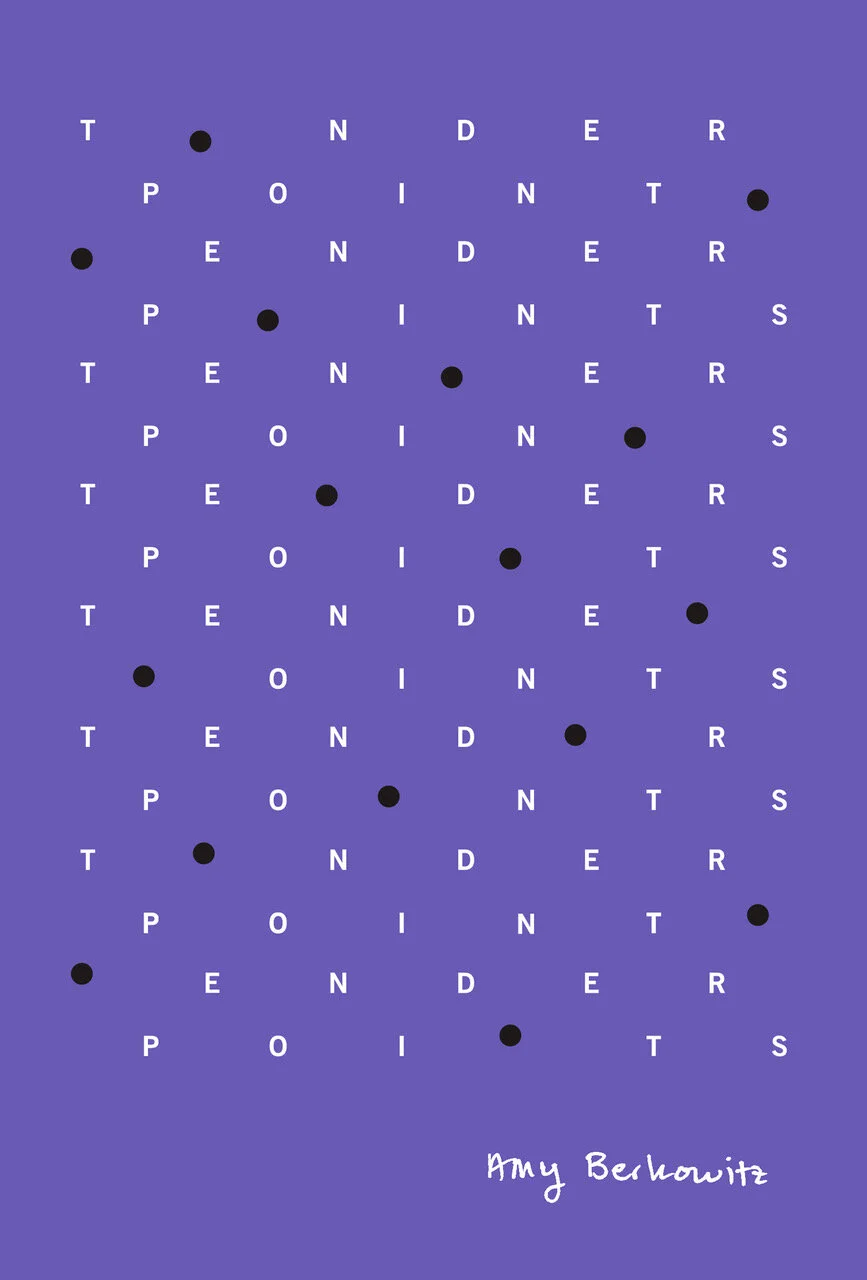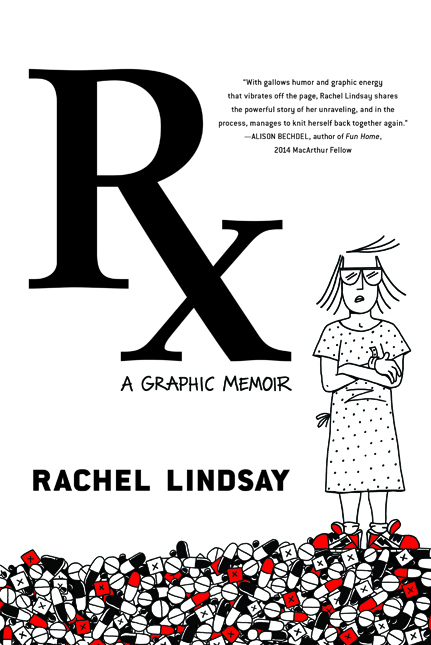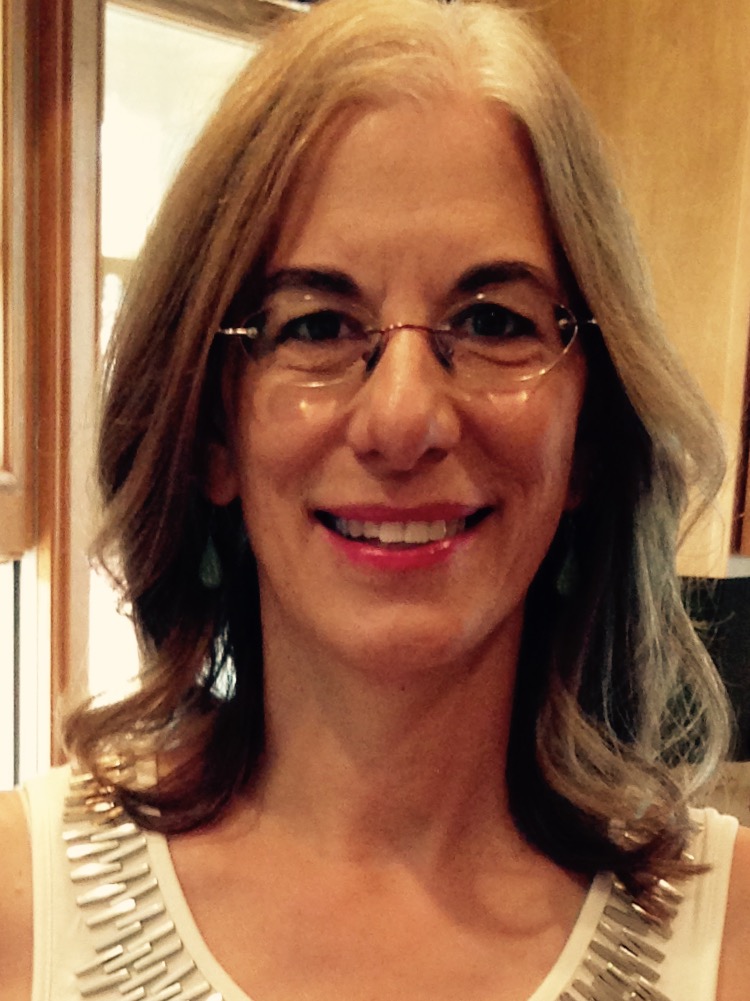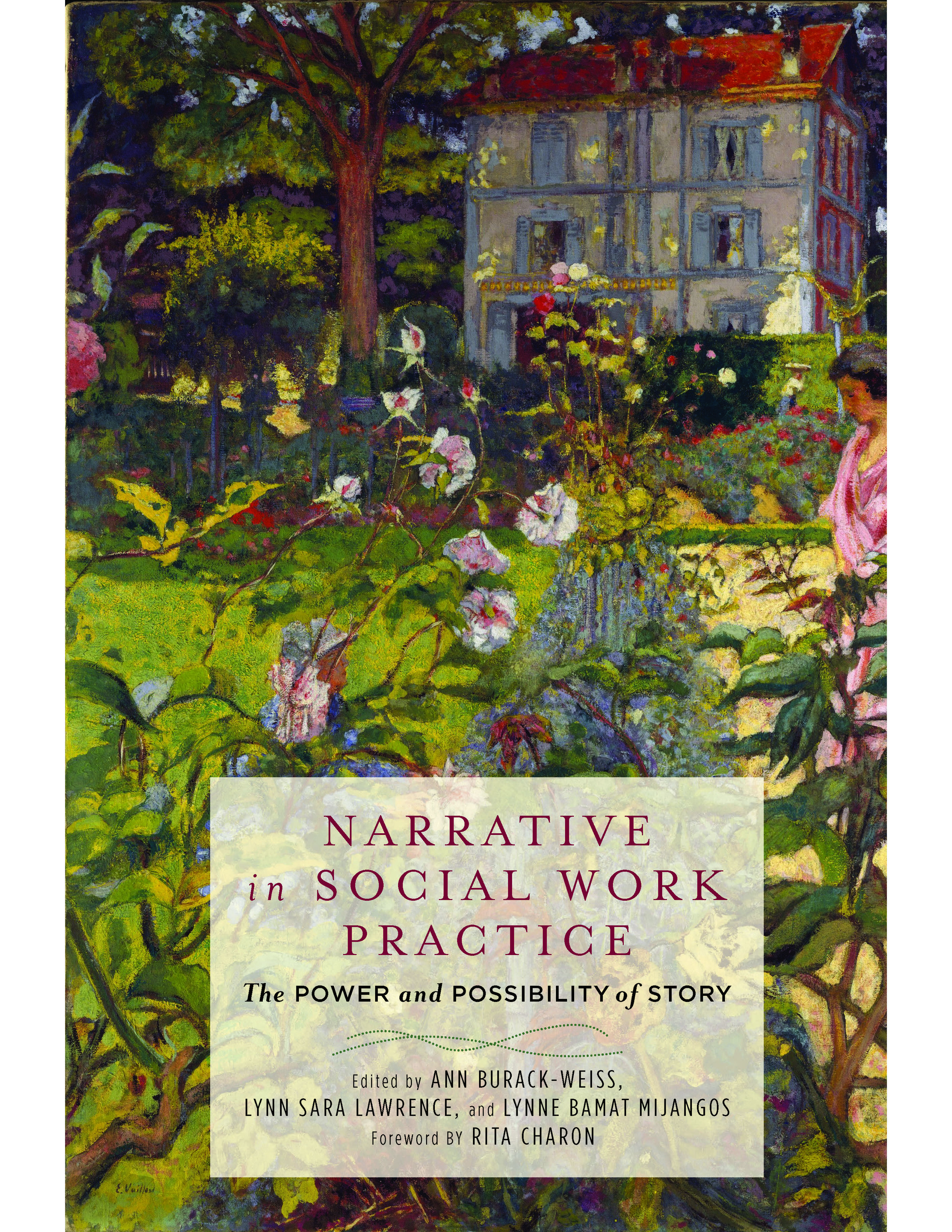The budding of feminist activism in recent decades has accelerated the rise in literature that tackles the topic of the female experience. Illness memoirs written about, by and for women are a growing genre, and Abby Norman’s 2018 book Ask Me About My Uterus: A Quest to Make Doctors Believe in Women’s Pain makes a powerful contribution to the field. Telling a personal story about battling not only an illness but the entire medical system, Norman explores topics relevant for all, but especially for those who are ill.
The book is a brilliant blend of memoir and theoretical text, telling a compelling story of an unorthodox childhood and a life suddenly disrupted by a debilitating pain nobody believed was real. The story follows Norman growing up neglected by an anorexic and bulimic mother, absent father and abusive grandmother. As a teenage girl she becomes emancipated and aims to reinvent herself as a professional dancer while attending Sarah Lawrence College. Her ambitions are thwarted by episodic pain that becomes a permanent ailment controlling her life. There is a futile surgery and an endless string of hospital visits, during which she faces skepticism, doubt and dismissal by the medical staff, only to finally be diagnosed with endometriosis. Norman’s quest for answers leads her down an unlikely path of working in the healthcare system and eventually becoming a science writer and advocate for women with endometriosis.
Endometriosis, often regarded as an illness of the uterus due to the synchronization of the symptoms with the menstrual cycle, is one modern medicine has been aware of for centuries. Even so, there is still no clear cause for the illness, what influences its development or how to cure it, due to lack of research and the scarcity of information on the subject. What we do know is that the condition is estimated to affect one in ten women and can take up to ten years to diagnose. The main reason for the detrimentally slow diagnosis: Women seeking help aren’t believed to be experiencing the ailments afflicting them. The first assumption is that the patient is having psychological issues reflecting her inability to cope with the natural pain of menstruation. It is baffling that an issue as common as endometriosis is greeted with so much skepticism and appears to be of little to no interest to medical scientists.
Abby Norman. Discover more about this writer’s work here
Abby Norman asks the question “Why is this so?” She’s not alone in wondering, but what sets her apart is her creative way of illustrating the issue in an engaging, easily understandable text. Norman opens up many chapters with a comprehensive overview of particular medical cases or bigger medical studies dating back to the 19th century, effectively illustrating the history of the female patient. From illness explained as hysteria to the exclusion of women from medical trials and drug testing, the narrative illustrates that medicine is not only sexist but also how that sexism is often lethal for the female patient. Norman flawlessly transitions from factual to creative writing, using personal reflections and commentary as ways to segue into telling her own story.
Ask Me About My Uterus: A Quest to Make Doctors Believe in Women’s Pain is a memoir that educates as much as it entertains. The riveting stories of the author’s unusual life are cunning bridges between important analyses of the complex relationship between Western medicine and female patients. An interesting read for anyone wanting to be challenged by literature, the memoir offers significant relevance for women suffering from illnesses of reproductive organs. Its involving prose offers comfort as well as specific information empowering women to find their voices, take control of their illness and demand medical justice. —Alekszandra Rokvity
Alekszandra Rokvity
Alekszandra Rokvity is a PhD candidate working in medical humanities and cultural studies between the Karl Franzens University of Graz, Austria and the University of Alberta in Canada. Her academic interest lies in the experiences of women with endometriosis within the healthcare system. “It gives me no pleasure to confirm that my academic research has only proven what I've personally experienced and intuitively known: that there is relentless, systematic sexism present at the heart of Western medical practices which not only reflects the position of women in society at large, but seriously affects the care ill women are provided.”




